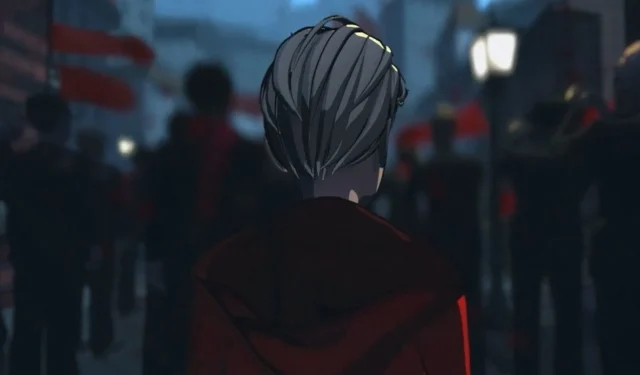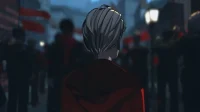Blue Prince is a richly layered game filled with intricate lore hidden throughout an expansive manor. Upon reaching the final Room 46, players technically complete the game, yet many aspects remain to be explored, adding depth to the experience.
For those seeking clarity regarding the poignant cutscene that unfolds after entering Room 46, this article will dissect this scene and delve into the surrounding lore to create a comprehensive understanding of the story.
Dissecting the Ending Scene of Blue Prince
The cutscene begins with the protagonist, Simon, hesitantly opening the door to the last room in the manor. As he peers inside, a voiceover narrates a children’s book, which unmistakably belongs to his mother, Mary. This book mirrors one found in both the Master Bedroom and the Nursery, establishing an emotional connection. As the narrative unfolds, we witness Simon’s childhood through various nostalgic images: a red paper crown, a photograph of young Simon with his parents, and his mother reading The Red Prince to him.
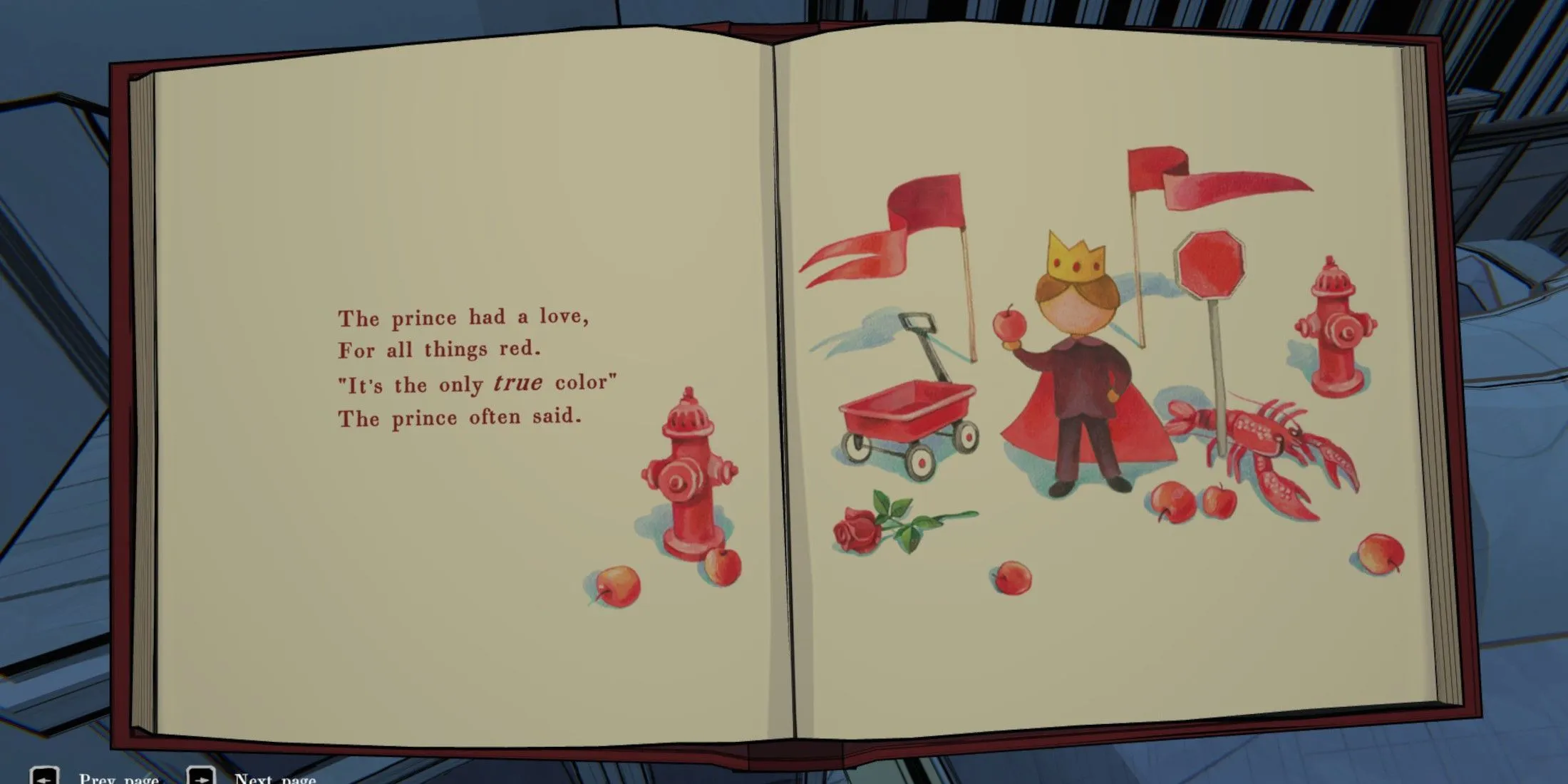
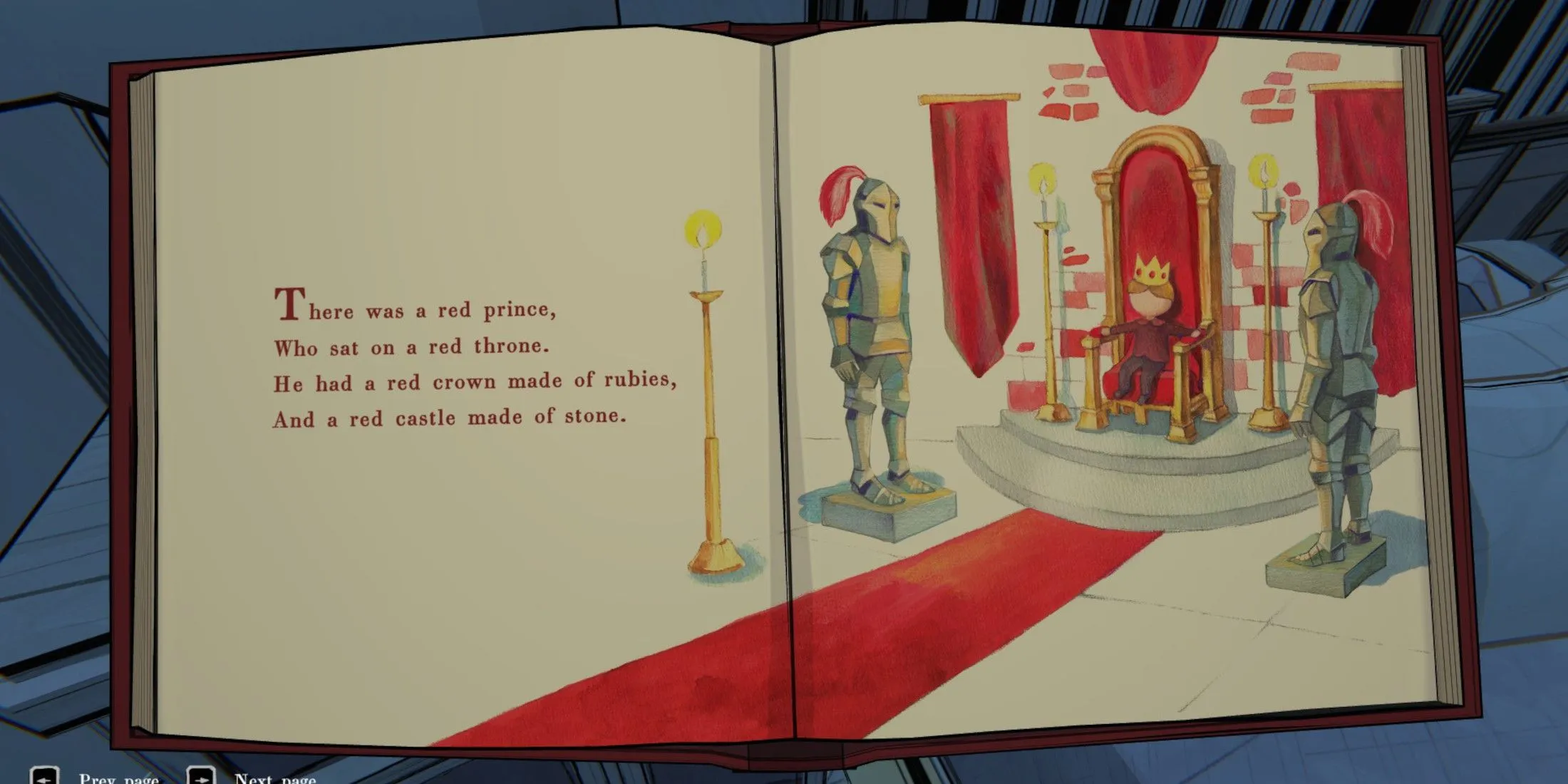
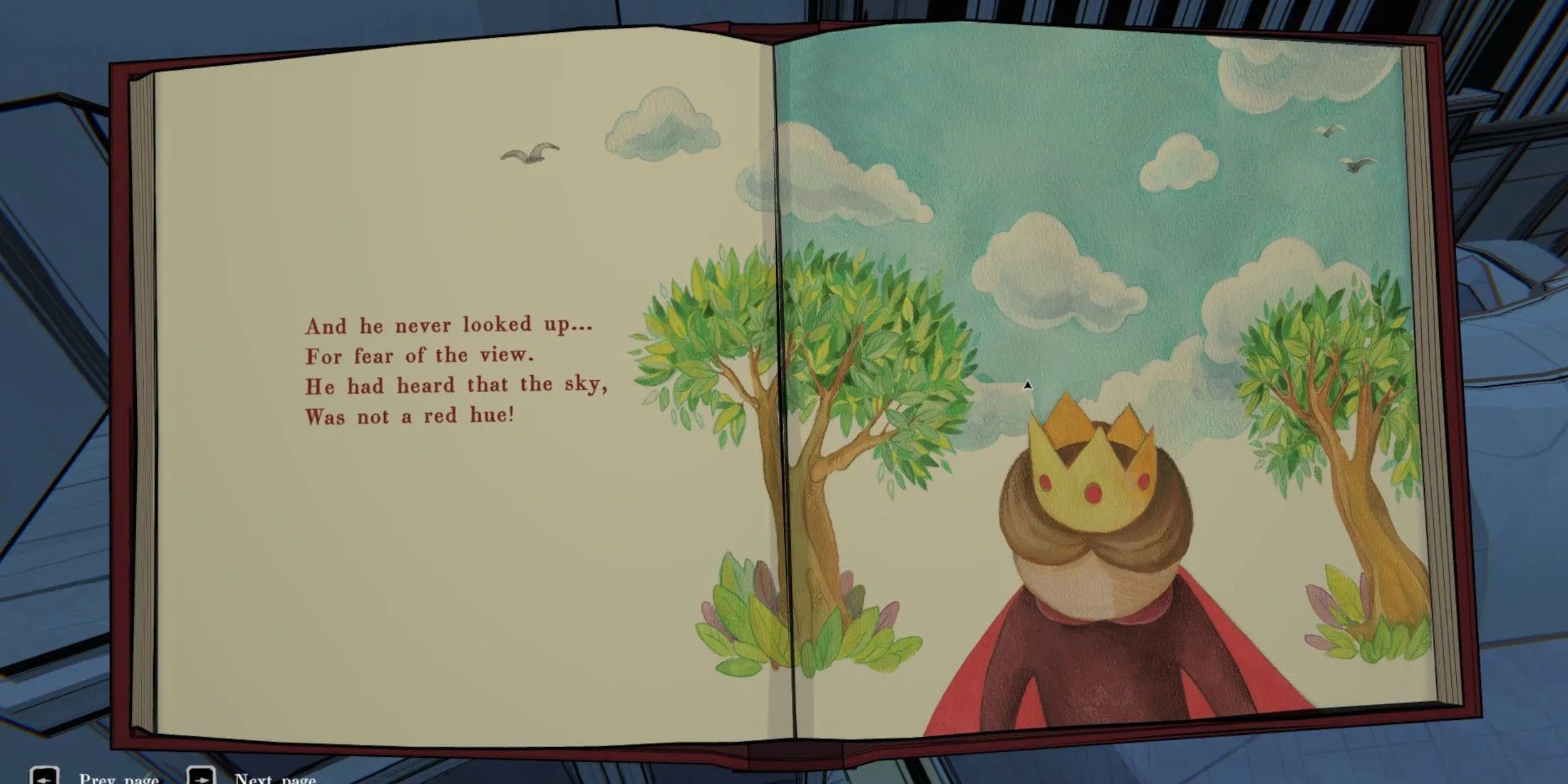
Subsequent scenes portray Simon donning red clothing, engaging with vibrant red crayons, and immersing himself in a parade characterized by shades of red. In stark contrast, his mother is often depicted in a blue scarf, signifying her connection to a different narrative. One memorable scene reveals red banners overshadowing the fallen blue scarf, emphasizing the poem she reads in the conclusion:
“There was once a red Prince
Who sat on a red Throne.
He had a red Crown made of rubies
and a red Castle made of stone.
The prince had a love for all things red.
It’s the only true color,”
the Prince often said.
He could not stand the sight
of a canary or a crow.
He could not stand the white
of the swan in the snow.
And he never looked up
for fear of the view.
He had heard that the sky
was not a red hue.
He didn’t see the birds
or the changing of the leaves,
and he never saw the sights
of life’s many symphonies.
He couldn’t see beyond
the red shade he was aware.
He never caught a glimpse
of the world I had to share.
But one day the Prince saw something new.
And if you look closely,
you might see it too.
The skies parted,
and the clouds withdrew.
The Prince had a new favorite color:
the color blue.”
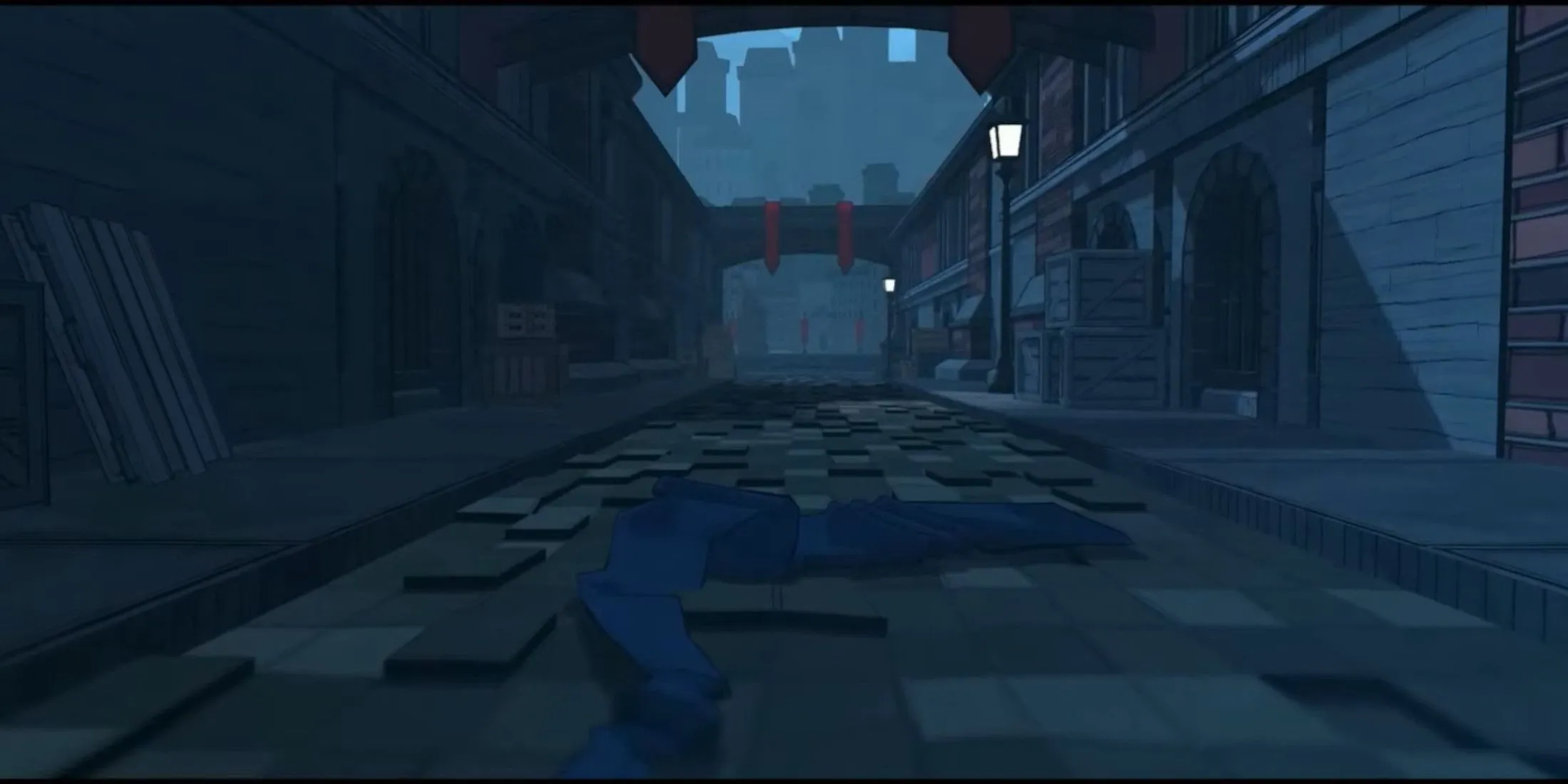
But what makes the poem politically charged? The key lies in the colors. The nation encompassing the manor is named Fenn Aries, known for its crimson flag, symbolizing the triumph of militarism over the ideals of the past. The manor’s historical backdrop reveals that it was built upon the remnants of Orinda Aries, a nation that fell during its quest for a military state. The negative atmosphere of the red rooms in Blue Prince symbolizes this oppressive legacy. In contrast, blue embodies the hope for revolution and change, which Mary actively pursued as part of an underground movement fighting against the militaristic regime.
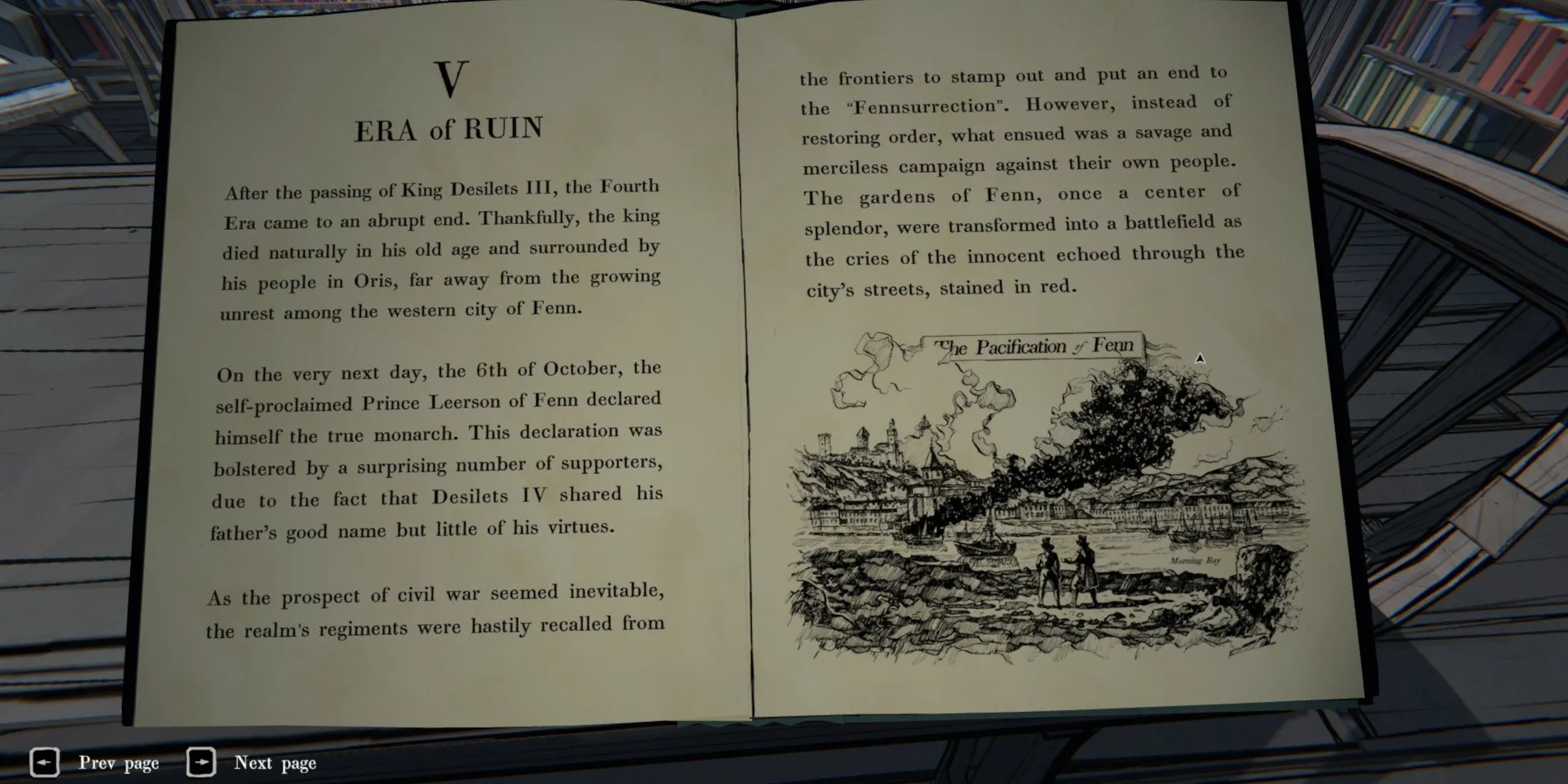
Unraveling the Lore of Blue Prince
This section contains significant lore revelations and hints at the game’s alternative ending.
Set in a tumultuous era known as Fenn Aries, the story highlights a 22-year conflict between the imperial house and a rebellion. The benevolent previous king’s death catalyzed a power struggle wherein the noble class supported Prince Leerson, a figure known for his authoritarian ambitions. This transition incited a widespread uprising, culminating in a protracted war that saw the rise of the red flags of Fenn Aries and the obliteration of Orindia’s banners.
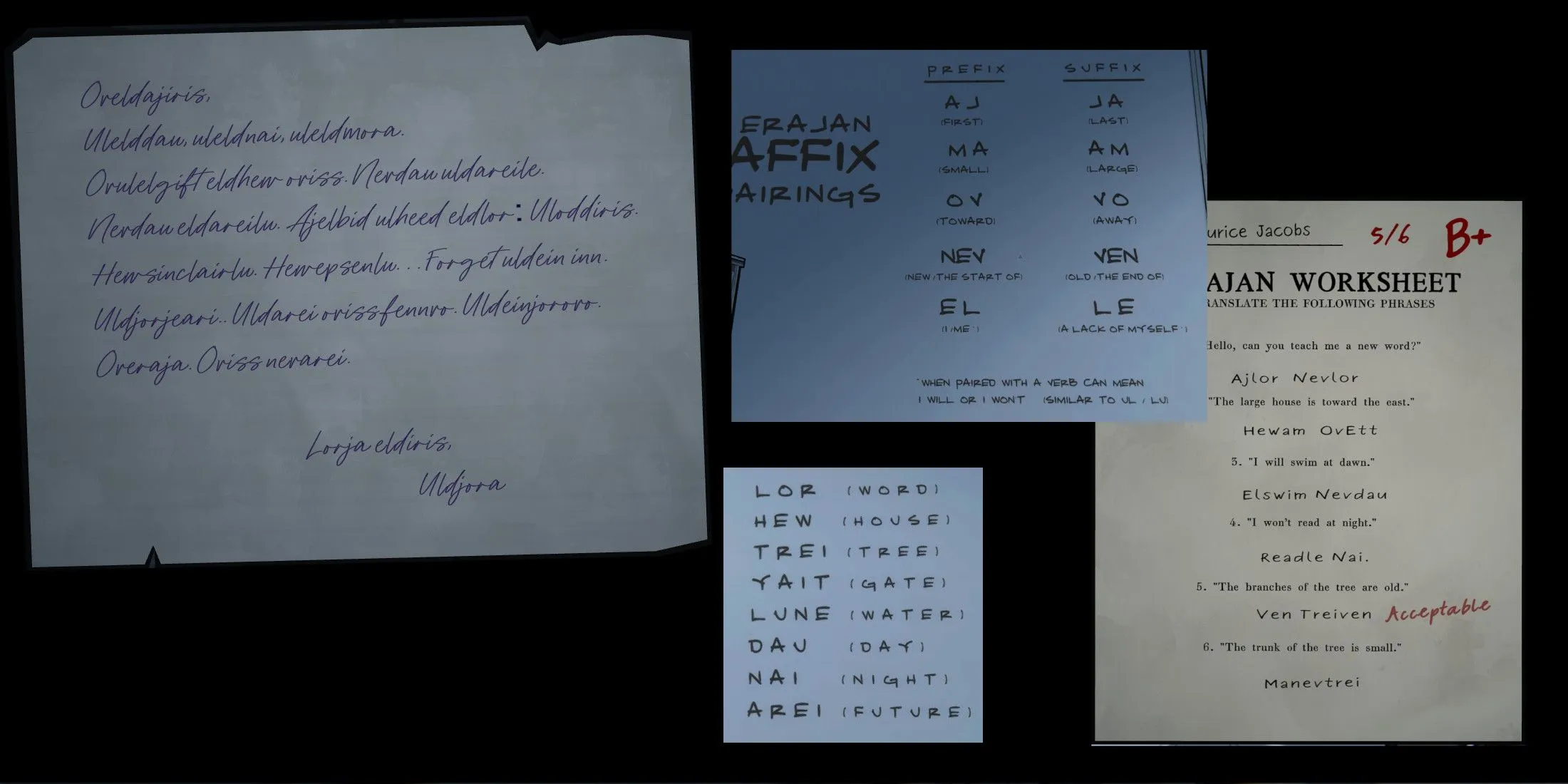
Following their defeat, the Orindian royal family was exiled to Ejara. In its place, Fenn Aries emerged as a military-dominated state, ruthlessly eradicating the remnants of the previous regime by banning the black flags and controlling historical narratives.
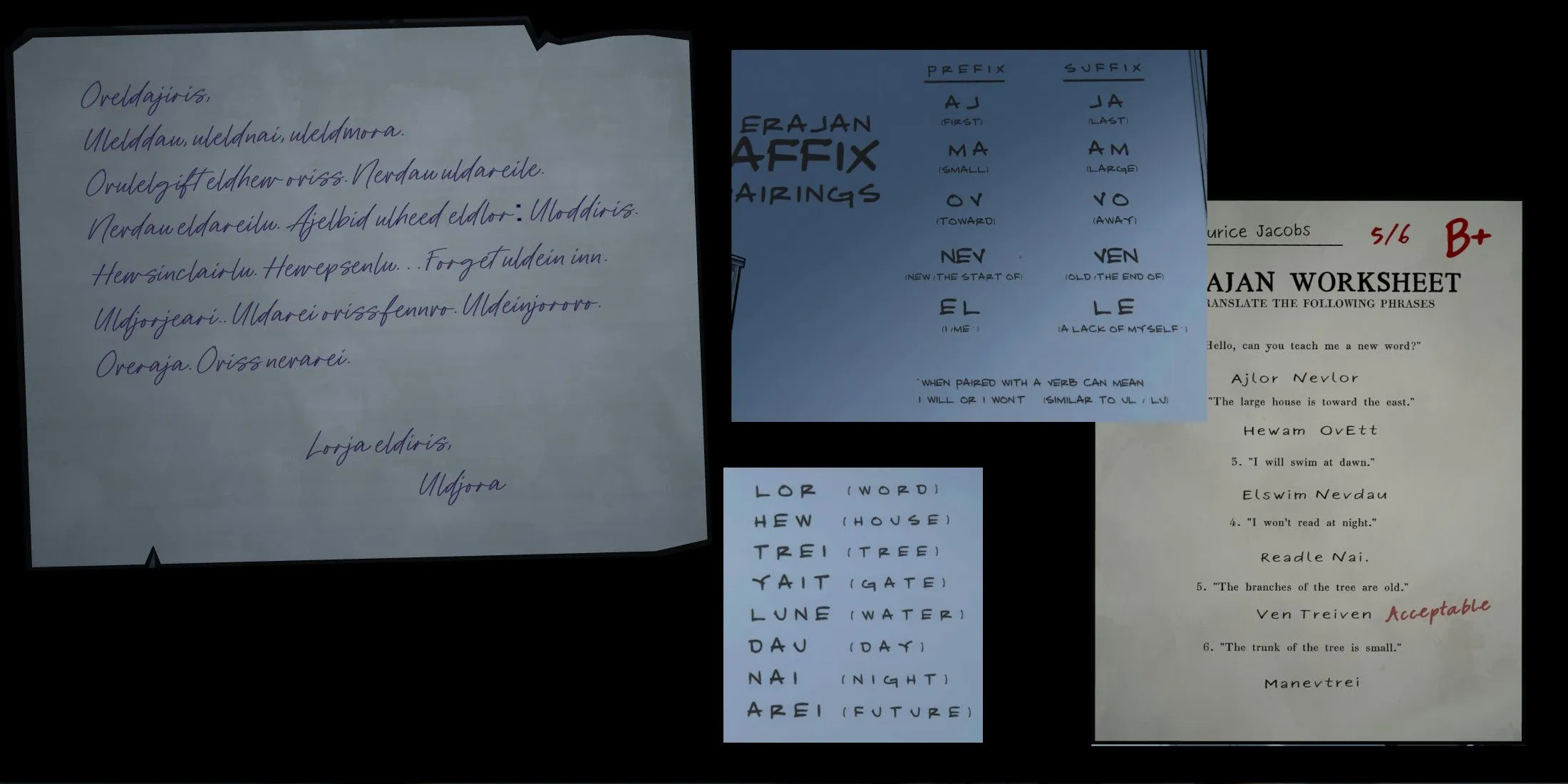
In the Tomb, players can discover a translated note written in Ejaran, revealing secrets of family lineage:
To my first child,
You are my day, my night, and my world.
To start your future without me, I gift you my house in the North (in Fenn Aries).
To start my future without you, I bid you to heed my words: you are a highborn noble.
You are not of House Sinclair nor House Epsen. Forget your northern goals.
Your name is Jai Ari. Your future is to the south, the opposite of your father.
Toward a new era, toward the North’s future.
Goodbye my child,
Your mother
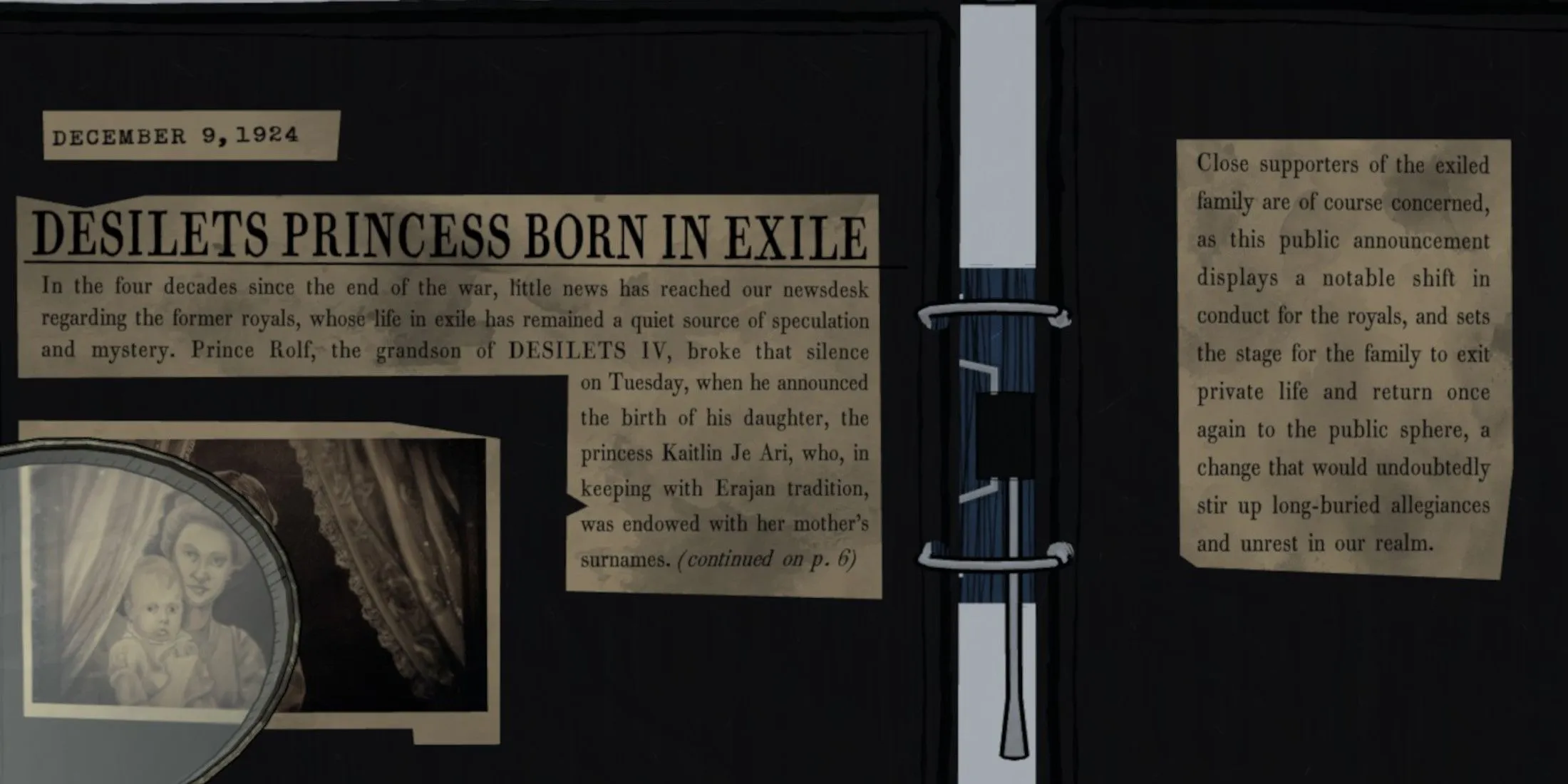
This letter addresses Clara, who married into the Sinclair family, establishing her connection to the game’s protagonist. Clara’s mother belonged to the original royal lineage of Orindia, representing a significant heritage now tied to the player upon reaching Room 46. This connection hints that Clara’s bloodline is capable of ruling Fenn Aries, and she must focus on forging a new destiny instead of resurrecting the past.
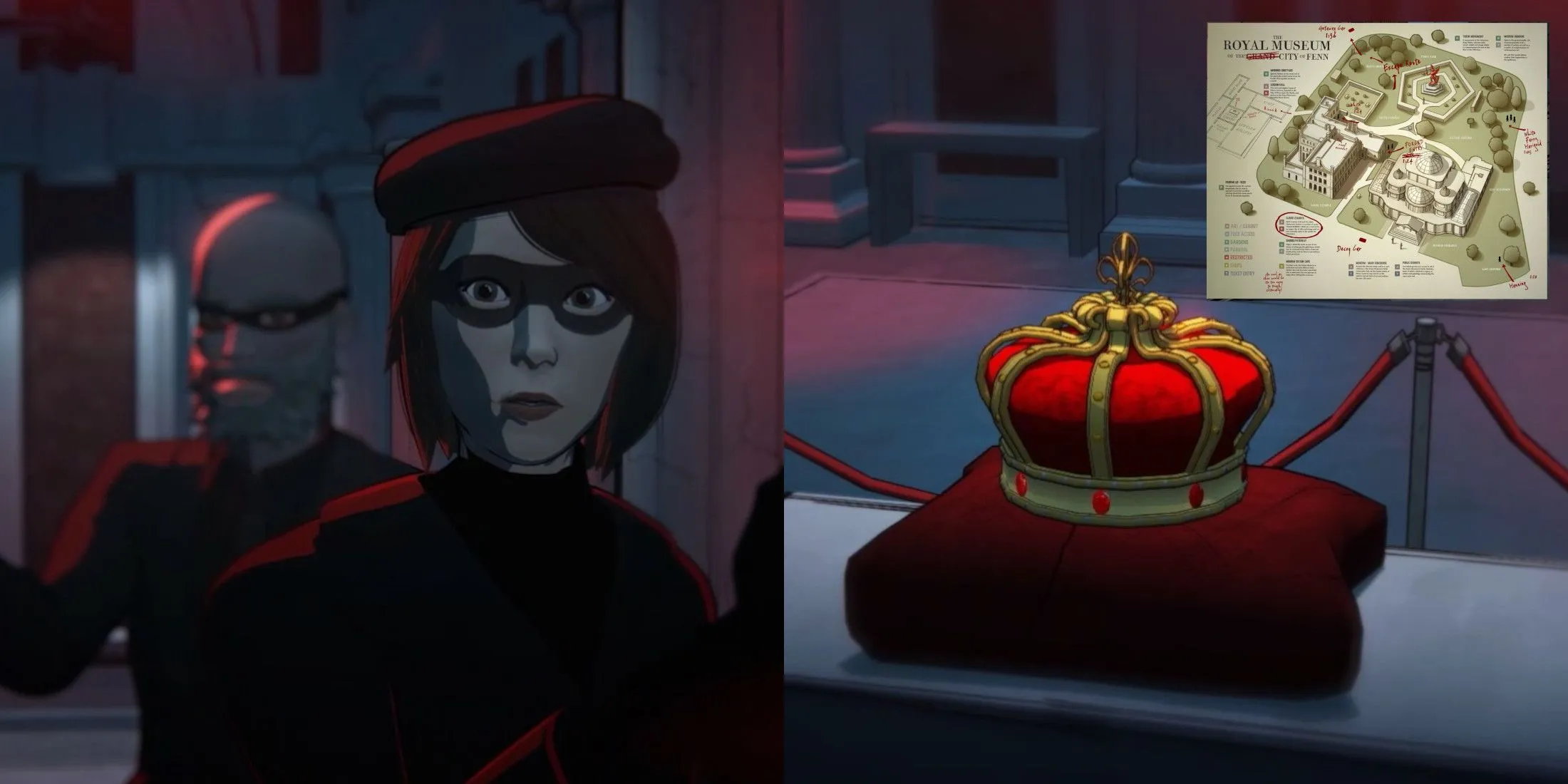
Mary’s ambitions, rooted in this royal lineage, diverge from the desire to restore Orindian dominance. Instead, she seeks to steal Fenn Aries’ crown jewels—adorned in red—and initiates these plans within the Closed Exhibit room of the game. When players revisit Room 46, they encounter a newly adorned crown embellished with “freshly cut sapphires,”symbolizing Mary’s daring endeavors before she left the continent and her plans for her child, now the Blue Prince.
There’s a wealth of information hidden throughout the manor, but much of it pertains to the intricate details surrounding the alternate ending of Blue Prince.
